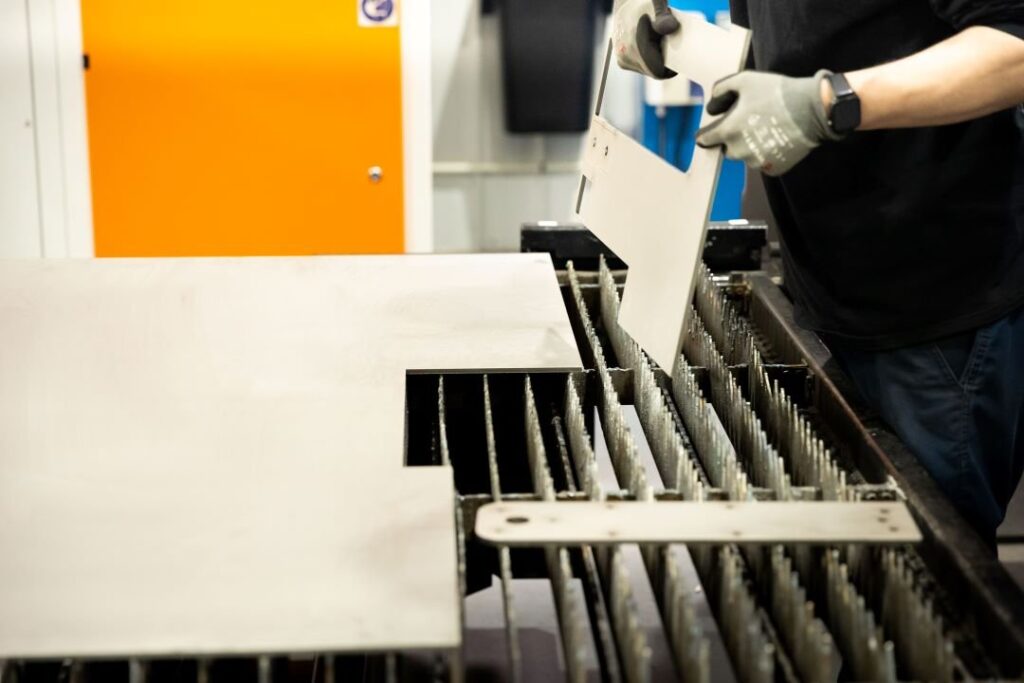The collective cutting workshop is a concept that offers advantages and disadvantages. On the one hand, it enables costs to be shared and professional equipment to be accessed. On the other hand, availability may be limited and use of the equipment restricted. This article examines these aspects to help you decide whether a collective cutting shop is right for your needs.
The good allies and false friends of feminism
[arve url="https://www.youtube.com/embed/1G8st0GnK9g "/]
In conclusion, a collective cutting plant has both advantages and disadvantages. One of the main advantages is the possibility of sharing the costs associated with purchasing and maintaining cutting equipment, which can be particularly advantageous for small businesses or individuals looking to save money. What's more, working in a collective environment enables the exchange of knowledge and advice with other industry professionals, which can foster skill development and creativity.
However, it's worth mentioning the potential drawbacks. First of all, it's important to note that using a collective cutting shop means sharing space and equipment with other people, which can lead to scheduling conflicts or delays in project completion. What's more, the skill levels of other users may vary, which could have an impact on the quality of the work carried out.
All in all, participating in a collective cutting workshop can be an interesting option for those wishing to benefit from cost sharing and knowledge exchange. However, it's important to consider the potential drawbacks of working with other users. It's up to each individual to weigh up the pros and cons and decide whether this option suits his or her needs and professional objectives.








